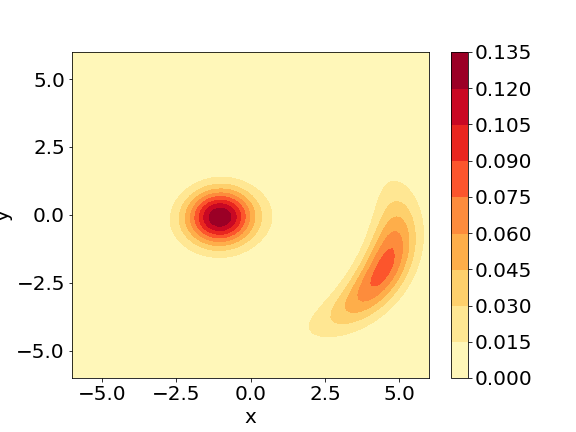Cavity and Circuit Quantum Electrodynamics
Circuit quantum electrodynamics (circuit-QED), and the closely related field of cavity quantum electrodynamics (cavity-QED), are growing areas of modern theoretical and experimental physics which have found a range of exciting applications from the construction of nascent quantum computers to the study of fundamental quantum mechanics of open systems.At their most basic level these fields are no more than the study of the behaviour of atoms coupled to discrete photon modes in high quality resonators. In the case of circuit-QED these resonators consist of superconducting transmission lines manufactured on a chip whereas in cavity-QED they are cavities with highly reflective walls capable of trapping individual photons. These simple platforms have been used to great effect in the creation and manipulation of photonic Schroedinger cat states and entangled Bell pairs, which led in part to Serge Haroche's share of the 2012 Nobel prize in physics.
When circuit-QED is applied to construction of a quantum computer the atom is typically replaced by a qubit which is used to store information, while the resonator is used to for tasks such as control and readout. Here in our research group we use computational and analytical techniques to better understand the dynamics of how the qubit and resonator interact and using this knowledge we collaborate with experimental groups also working on circuit-QED to assist them in the their goals of building the components of a quantum computer.
Bi-stability in circuit-QED
Currently, one of our main topics of research is how bi-stability in circuit-QED can be used to improve qubit readout protocols. Bi-stability in physics is most commonly described as a situation when a dynamical system can have two stable (equilibrium) states. Small bi-stable physical systems can dynamically switch between two very different modes of oscillation as a result of random fluctuations induced by a noisy environment. We can find bi-stability in the classical motion of pendula, in the isotropic turbulence and the response of Bose-Einstein condensates among many different configurations.In the world of quantum oscillators, it is intriguing that switching is enabled by quantum fluctuations as a consequence of the uncertainty principle and even the process of measurement itself. What is even more exciting is to follow the build-up of simultaneous bi-stability for two coupled quantum degrees of freedom, a qubit and a cavity, in an open (noisy) dissipative setup with varying drive amplitude and frequency. In our case there is increased complexity because the qubit oscillator is a superconducting circuit with an unusual non-linearity.
We show that the system response can be continuously tuned from being essentially borne mostly by the cavity to one where the superconducting qubit fully participates in the dynamics. In the experiments we measure the phase of the oscillator and observe a coherent cancellation of the response, a hallmark of bi-stability in the quantum regime. Theory and experiment capture this signature of nonlinearity with a solid-state device. These devices are a valuable means for fundamental research in quantum electrodynamics as well as a tool in the field of quantum computing.
-
Th. K. Mavrogordatos, G. Tancredi, M. Elliott, M. J. Peterer, A. Patterson, J. Rahamim, P. J. Leek, E. Ginossar, and M. H. Szymańska
Phys. Rev. Lett. 118, 040402 (2017)
